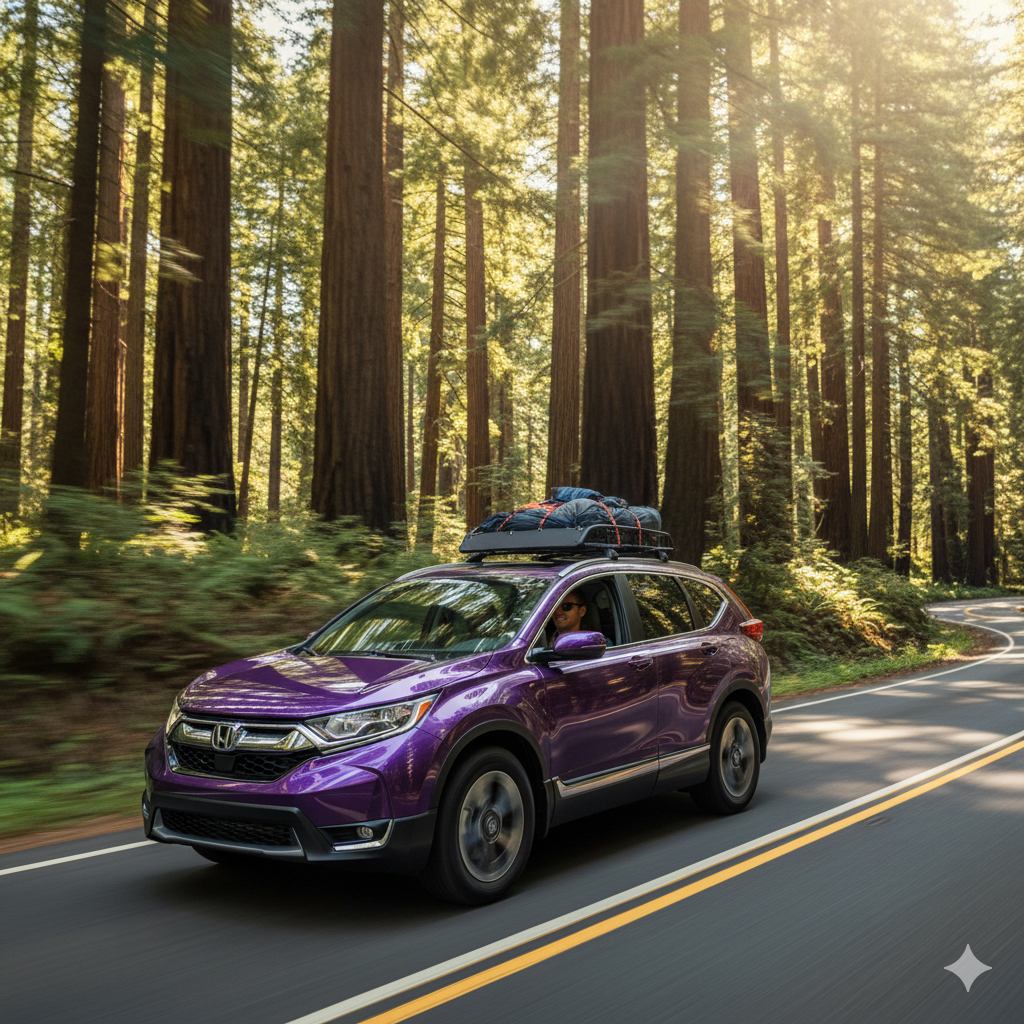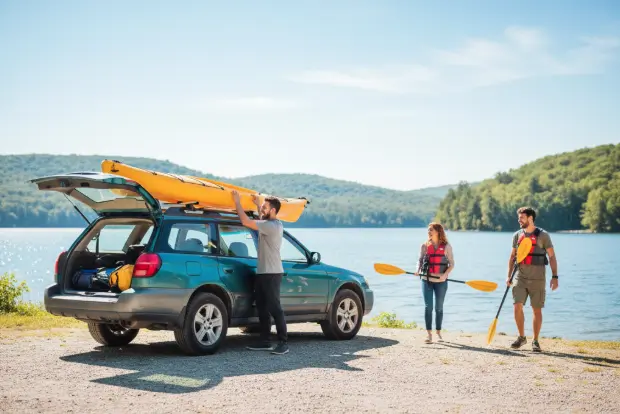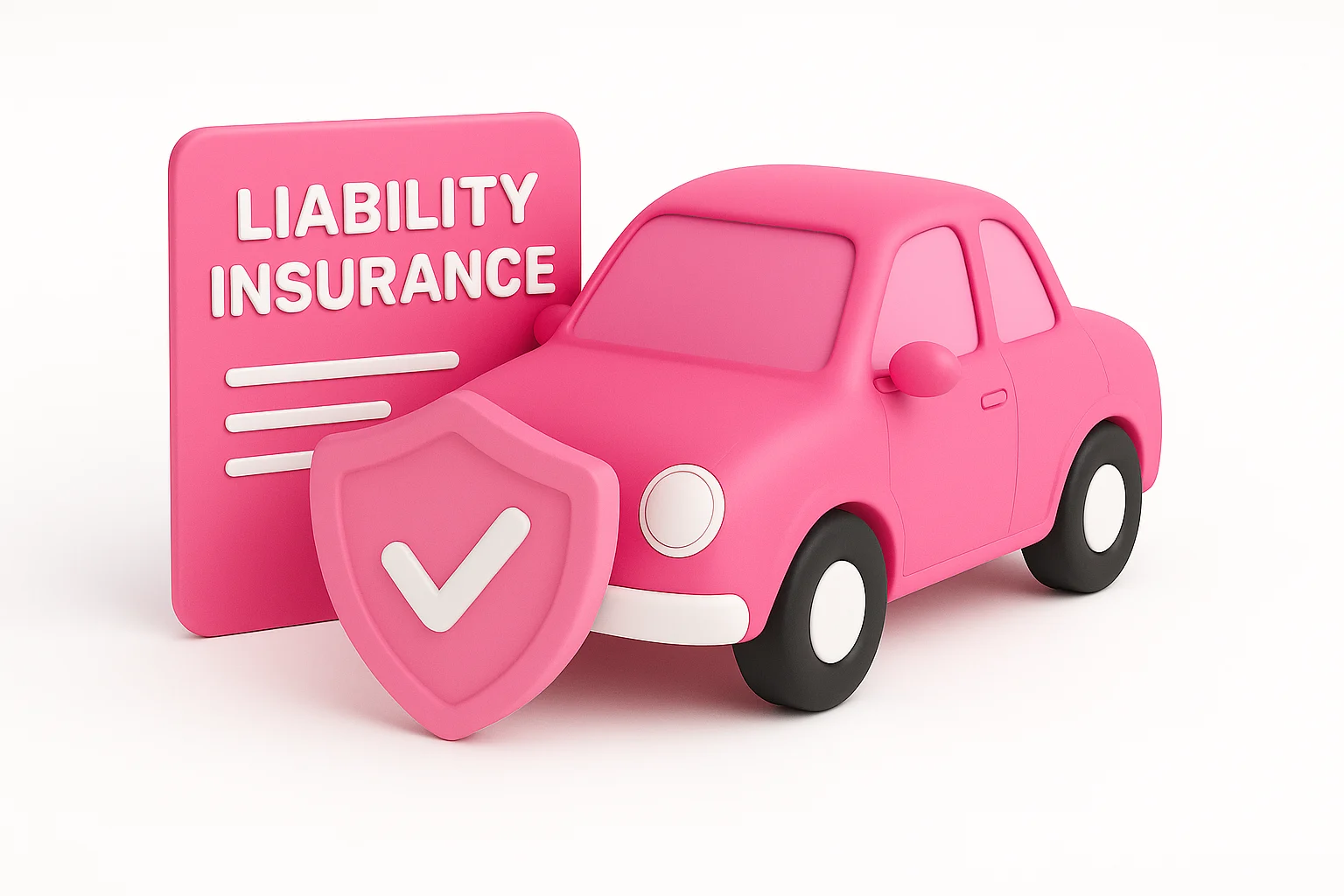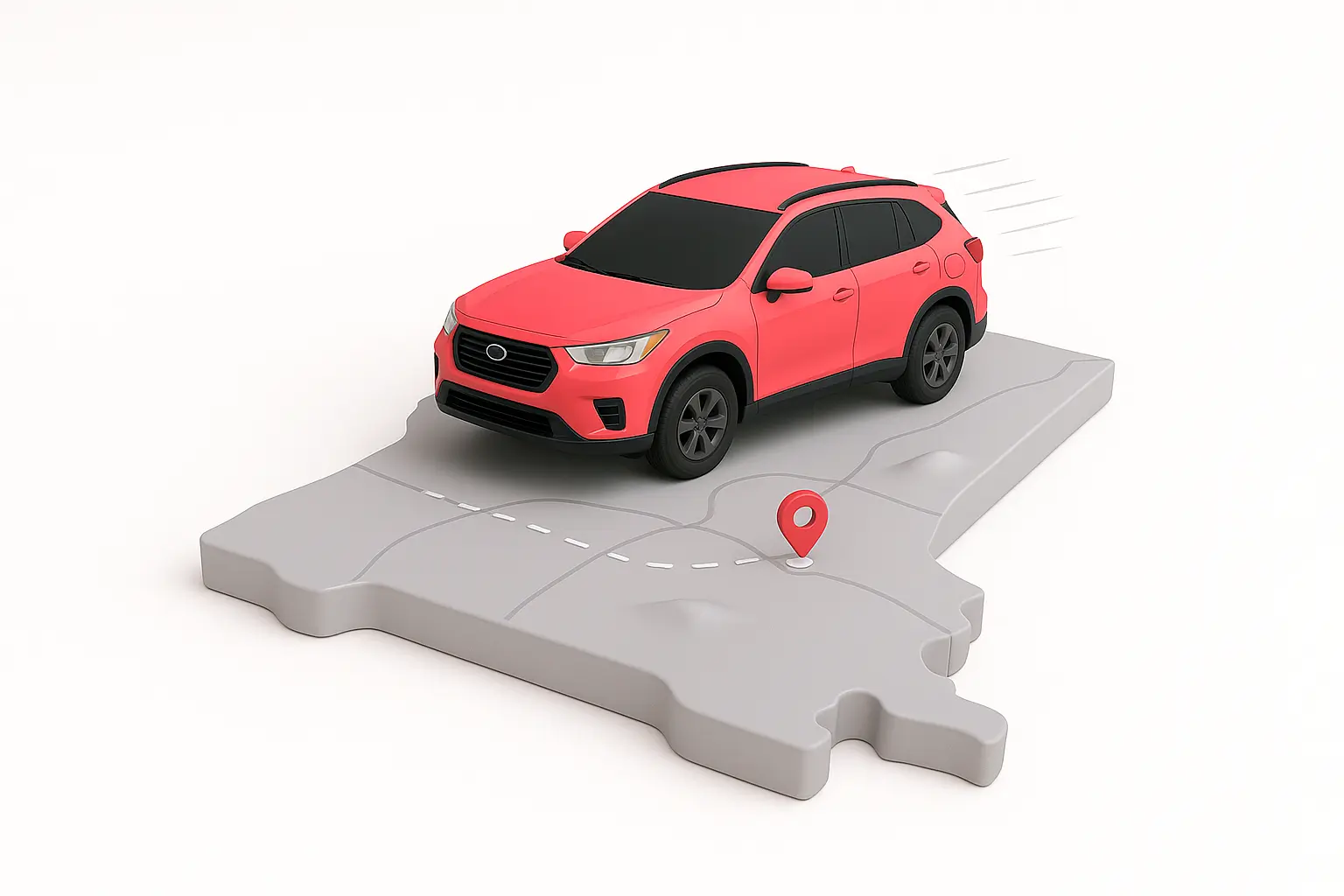Liability car insurance pays for injuries and damage you cause to others and their property if you’re at fault for a car accident. It covers other people’s medical bills, lost wages and property damage, up to your policy limits. All states except New Hampshire require drivers to have liability insurance.
Jerry has helped 126,307 drivers get the right amount of liability car insurance in the past year, so that they’re financially protected while on the road. Here’s how it works, how much it costs and where to buy it.

Jerry pulls up to 20 quotes from top rated carriers.
What does liability insurance cover?
Liability insurance only pays for other people’s injuries and property, not yours or your cars.
| Will cover | Won’t cover |
|---|---|
| Other people’s medical bills. | Your medical bills. |
| Other people’s lost wages. | Your lost wages. |
| Other people’s car repairs. | Your car’s damage. |
| Property damage you cause. | Your passengers’ injuries. |
| Legal defense if you’re sued. | Personal belongings in your car. |
Key takeaway: Liability insurance has no deductible. You don’t pay anything out of pocket to activate coverage, but you’re responsible for costs that exceed your limits.
How liability insurance works
Liability insurance consists of bodily injury liability (BI) and property damage liability (PD). BI pays for others’ injuries while PD pays for damage you cause to other people’s property.
Most states require a minimum amount of both, typically listed as three numbers, like 25/50/25. This represents:
- $25,000 bodily injury liability, per person.
- $50,000 bodily injury liability, per accident.
- $25,000 property damage liability, per accident.
Jerry recommends: Consider choosing liability limits higher than your state minimum so your coverage is enough to handle a serious crash. We suggest at least 100/300/100 in liability insurance.
How much liability insurance do you need?
You need enough liability insurance to cover all injuries and property damage after a crash. While you’re only legally required to carry your state’s minimum liability limits, these minimums often aren’t enough to fully protect you. According to the Insurance Information Institute, the average bodily injury claim is nearly $25,000, and the average property damage claim is about $5,313. But the cost to replace a new car could be over $50,000.
Jerry recommends you to consider at least 100/300/100 in liability insurance, which gives room to cover most injuries and property damages.
-
Own a home.
-
Have substantial savings or retirement accounts.
-
Drive frequently or in high-traffic areas.
-
Want extra protection from potential lawsuits.
Why it matters: If you cause an accident that exceeds your coverage limits, you’re personally responsible for the remaining balance. If you can’t afford it, you could face lawsuits, wage garnishment or even lose assets like your home or car.
Compare liability insurance quotes with Jerry
When you shop for car insurance, compare liability coverage at different limits to see how pricing changes. The Jerry app lets you compare liability quotes, fast, side-by-side. You can adjust your bodily injury and property damage limits to find the right balance of protection and cost.
Jerry works with over 50 carriers to compare quotes in minutes, and can shop for new rates when your policy is up for renewal.
How much does liability insurance cost?
According to Jerry’s data, the average minimum liability policy costs $151 per month. Increasing your limits to 100/300/100 raises your rate, but the added protection is much more affordable than the potential expense of a lawsuit.
Minimum
$75-$193/mo
Offers the legal minimum liability limits, which vary by state, but are most commonly 25/50/25.
100/300/100
$81-$211/mo
Increases bodily injury and property liability limits for greater financial protection.
Your liability insurance costs depend on your driving experience, driving record, insurance history, and other factors.
Key takeaway: You’ll find your best option by comparing quotes with the Jerry app, which can show you side-by-side quotes in minutes.
When you need more than liability insurance
When you’re choosing insurance, it helps to start by deciding how much protection you want for your own car. That’s where full coverage comes in, which includes collision and comprehensive. From there, you can add other protections, like medical payments or uninsured motorist coverage, depending on your needs and budget.
You should consider full coverage if:
🏦 Your lender requires it for a financed or leased car.
🔧 You want coverage for damage to your own car.
🏥 You need medical coverage for your own injuries.
🛡️ You want more complete financial protection overall.

It only takes 2 minutes to sign up at Jerry.
faq
-
💰 Do I need more than minimum liability insurance?
-
⚠️ What happens if I cause an accident without insurance?
-
🚙 Does liability insurance cover rental cars?
-
🛡️ What if the other driver doesn’t have enough insurance?
Methodology
Data included in this analysis comes from policies that Jerry has quoted within the last 6 months for drivers with a clean record and that have full coverage, unless stated otherwise. Data related to violations, accidents or credit scores pull from quote data from the last 18 months. Jerry services 48 states and offers a range of insurance companies to choose from.

Ben Moore is a writer and editor at Jerry and an auto insurance expert. He previously worked as a writer, editor and content strategist on NerdWallet’s auto insurance team for five years. His work has been published in The Associated Press, Washington Post, Chicago Sun-Times, MarketWatch, Nasdaq and Yahoo News. He also served as a NerdWallet spokesperson, with appearances on local broadcast television and quotes in Martha Stewart and Real Simple magazine.
Ben has an extensive background in digital marketing, working on affiliate and programmatic advertising campaigns for brands like Cabela’s, H&R Block and Sears. He holds a bachelors degree in marketing from Olivet Nazarene University.






